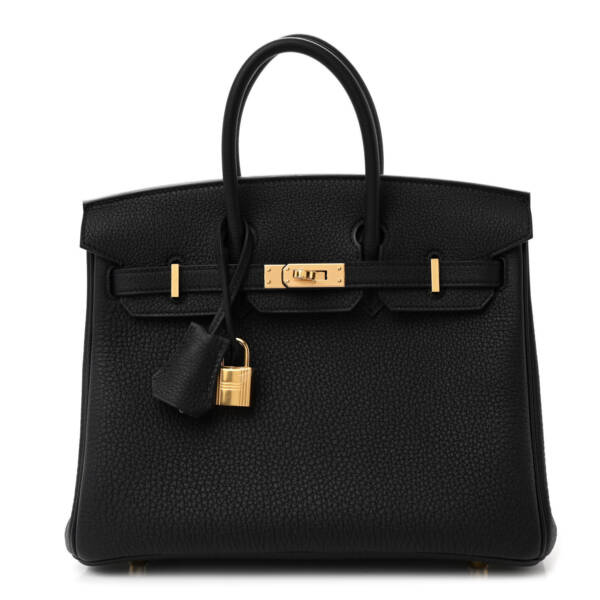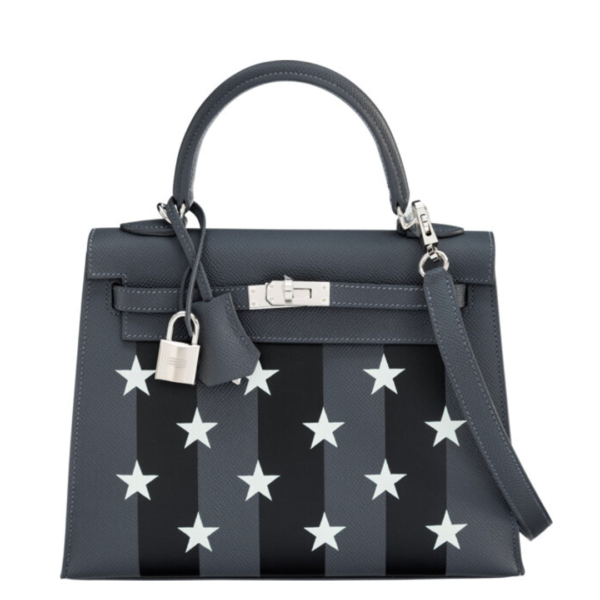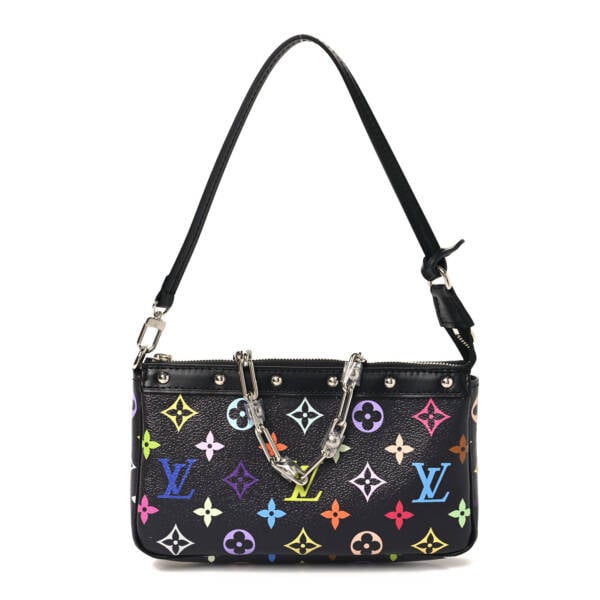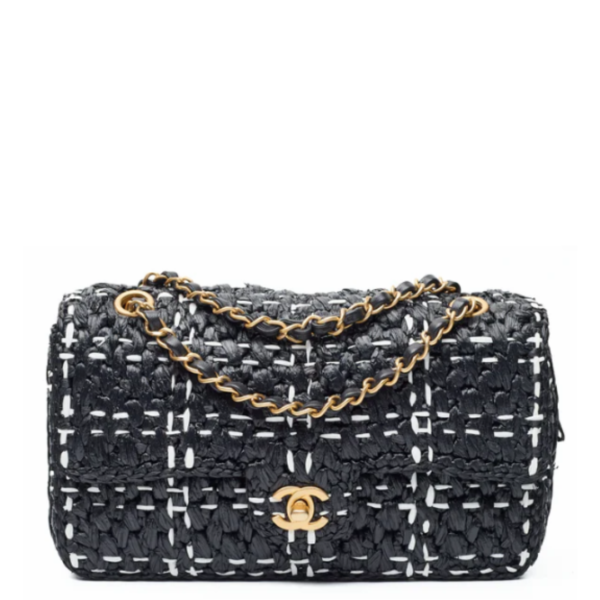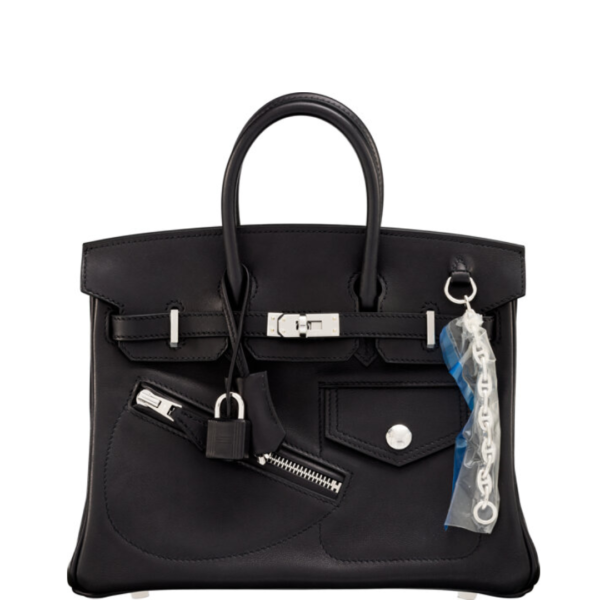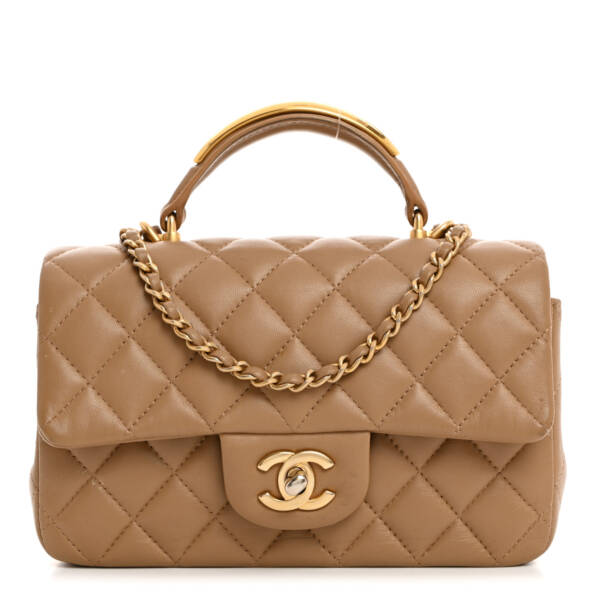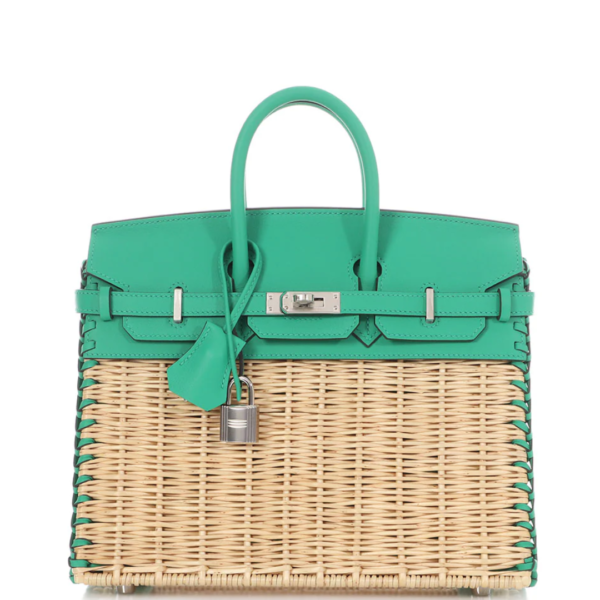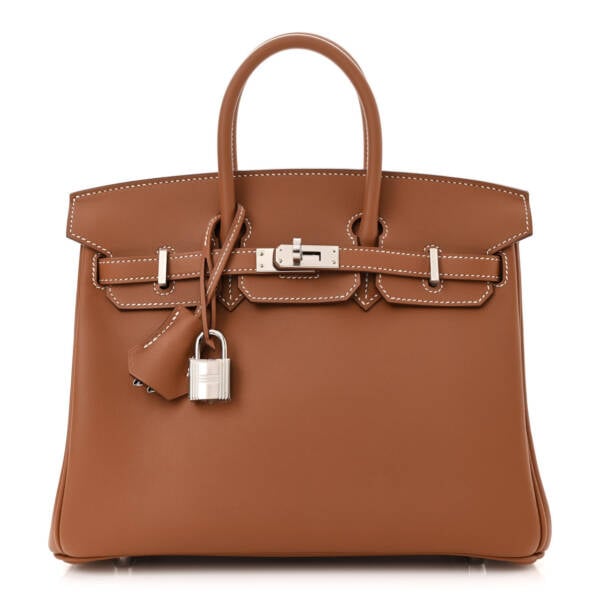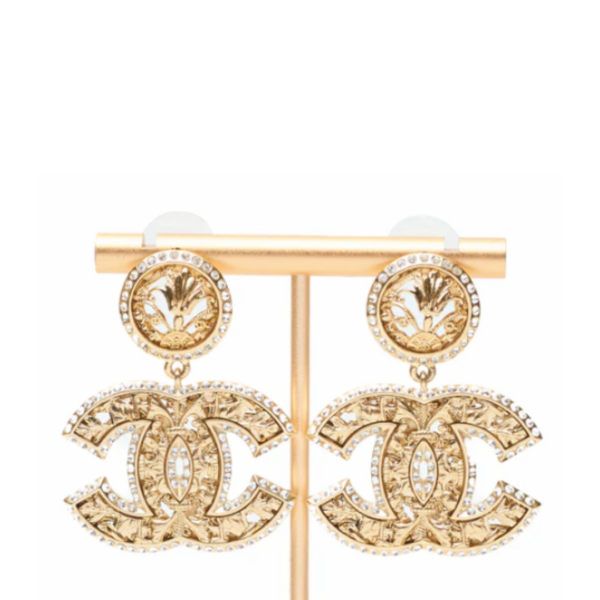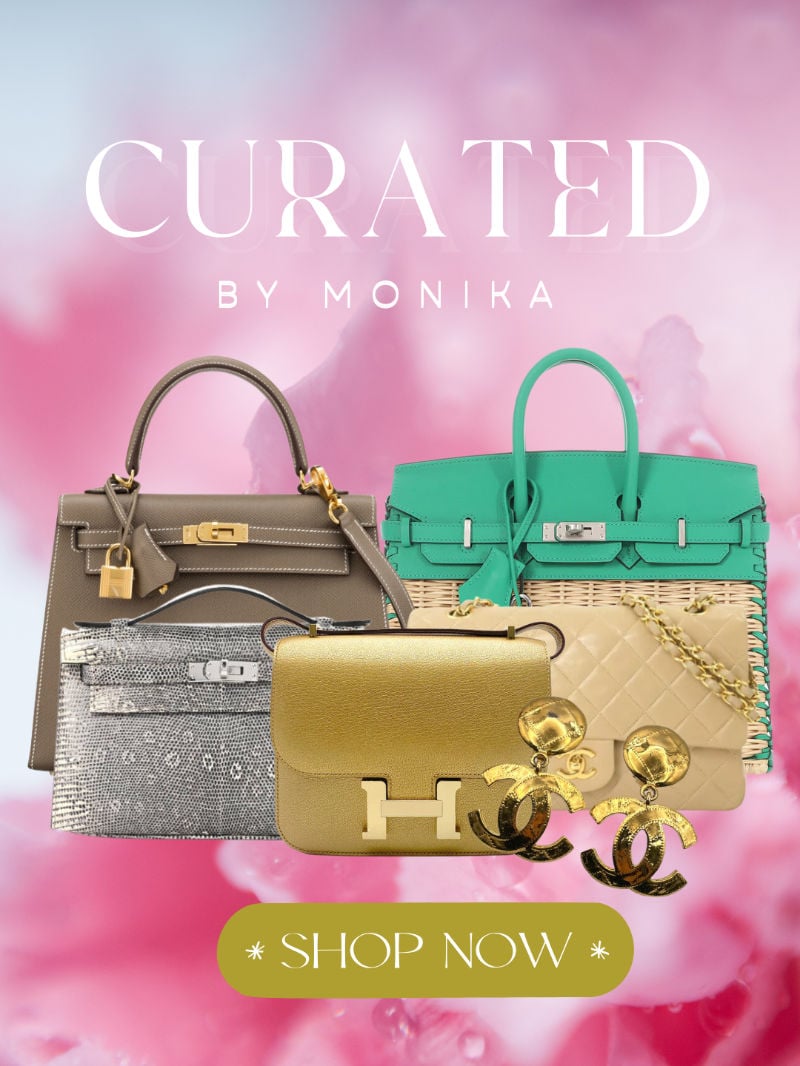Hunting for that perfect used handbag? You know the ones we mean, that are barely used, in mint condition. Oh yeah, and for a fraction of the retail price. Basically, a virtually new bag at a used price. When talking about the top luxury brands like Hermès, Chanel, and Louis Vuitton, finding that quality and condition for a “steal” isn’t so easy. Anymore.
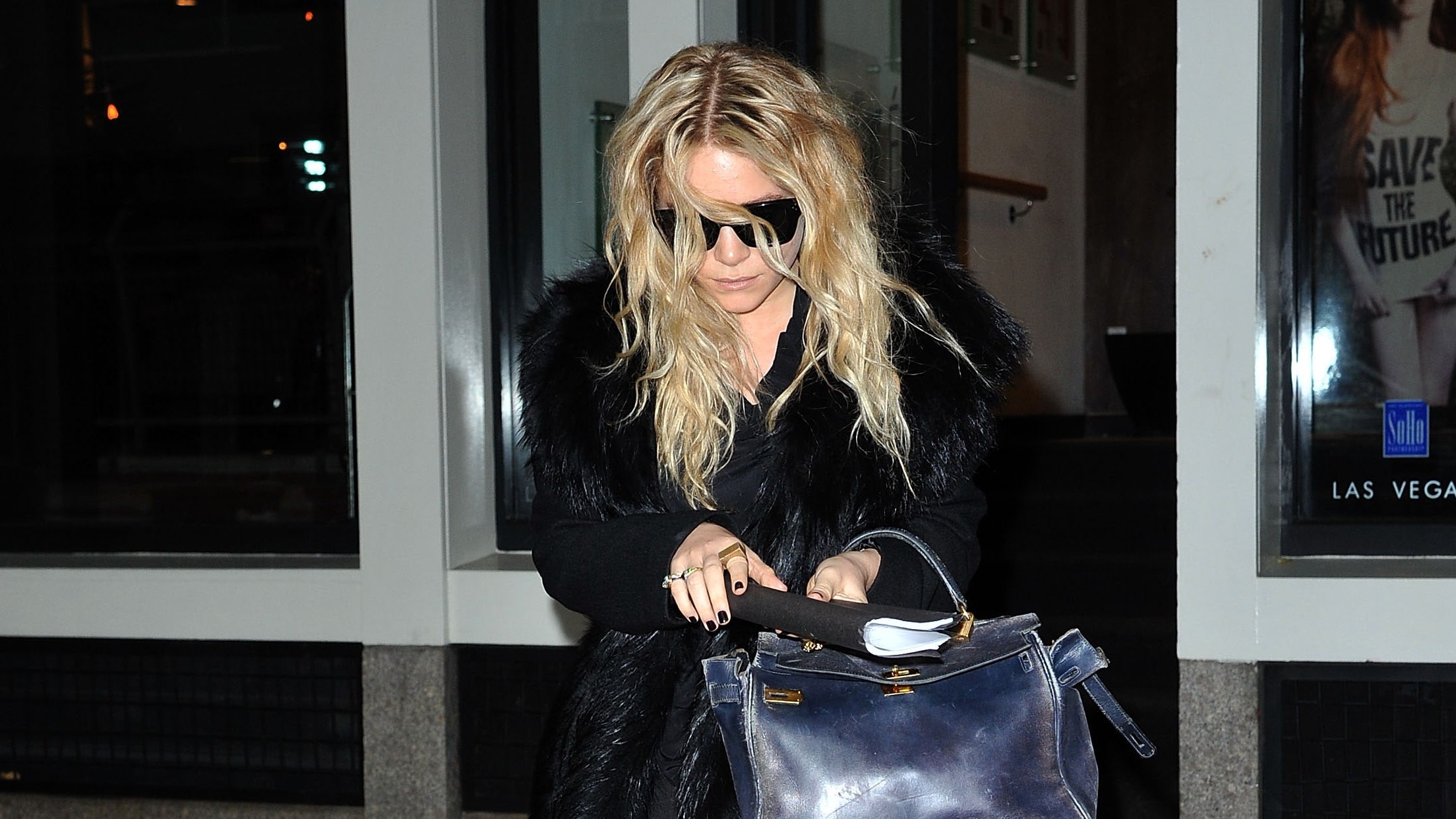 Image from Vogue.com
Image from Vogue.com
Part of the issue is that reselling handbags has become big business. It was one thing when individuals used online platforms to discard items found in mom’s closet, not really knowing the potential value. Now, however, virtually every handbag owner and connoisseur knows that those high-end bags will sell, at a price depending upon popularity, rarity, and condition.
When luxury resellers set up shop, and either bought or took those closeted bags on consignment, sale prices rose. After all, these businesses expected to make money, exploiting the float between what the owner would take and the price the market would pay. And, to be fair, in many cases (especially when purchasing the bags outright), they incur risk and expenses in marketing these items, as well as whatever overhead costs are involved in their online and/or brick and mortar establishments. As luxury bag brands repeatedly and intensely increased prices and/or restricted supply, demand drove resale prices even higher.
Now, however, there are some interesting shifts in the second hand designer handbag space. For starters, the resale market continues to grow and gain acceptance among consumers. According to McKinsey and Company, although 75-80 percent of luxury sales now are still strictly “new product” buyers, McKinsey predicts that by 2025 the resale market will comprise a full third of the total market. Various reasons fueling the rise of the rapid expansion of the resale markets include access to hard-to-find (or no longer available) products, the rise of sustainability in consumer decision making, lower pricing, and faster delivery than waitlisted items. (See McKinsey and Company, “Welcome to luxury fashion resale: discerning customers beckon to brands”)
Historically, in order to resell a bag on the secondary market, that bag would have to be in pristine condition. However, a new trend is emerging in which “fair condition” bags have begun to make a dent in the luxury consignment world. The demand for luxury handbags showing signs of heavy wear, from “worn corners and significant scratches to interior stains” has doubled since consignment sites like The RealReal started accepting them in 2022.
These imperfect bags provide a “gateway” for both first time luxury buyers and for those affected by economic inflation and the cost of living crisis. Some newer buyers are less concerned about the condition of the items, as long as the brand and the price are on point. Of course, the willingness to overlook flaws is limited to the most coveted brands, including Chanel, Louis Vuitton, Gucci Prada and Hermes. Vogue cites the Louis Vuitton Monogram Multipli-Cite Tote as the top-ranking “gateway” bag. A full 58 percent of people who bought this bag on The RealReal (where it averages $545) were first time shoppers on that site.
Similar to The RealReal, the luxury resale site Hardly Ever Worn It (HEWI), has also joined in the fair condition expansion. HEWI is launching a new section on its website for bags in visibly used condition. These bags will be clearly labeled as such so there should be no marketplace confusion.
Perhaps it should be no surprise that “fair condition” resale is exploding. Distressed luxury is on the rise as the younger generation is playing with vintage and “used” aesthetics. These bags have a history and tell a story. And of course, there is always the old money aspirational ideal that values worn-in classics over shiny newness. That ‘je ne sais quoi’ of style, using it for style/quality not to show off.
Moreover, what’s really propelling the demand for second hand luxury goods may be even more simple -what consumers really want is better value. And for some that translates primarily to lower pricing. If they cannot afford the new and shiny but want the brand and the caché, why not consider something a bit more worn. It’s not really different than purchasing a used car, and deciding to accept one with higher mileage in order to bring the price down.
Sasha Skoda, the director of merchandising for TheRealReal notes that “demand for higher-priced luxury brands at resale is down, which is pushing prices for brands like Chanel, Gucci and Louis Vuitton down”. Many consumers are worried about the economy and are not spending as much. According to the RealReal’s Annual Luxury Consignment Report 2023, handbag resale prices fell 20% for Louis Vuitton, 17% for Gucci, 10% for Hermes and 9% for Chanel over the last 90 days. On average, it reports that high end luxury bags prices are down 5% in the last six months.
However, before we pivot to doom and gloom, recall that as consumers want lower prices they’ve become less picky about the conditions of items they are willing to buy. “Fair condition” merchandise sold by The RealReal is on average 33% cheaper than products being resold in good or excellent condition. Arguably, this brings the average price of resale items down. (See article CNN Business “Resale value of Gucci, Chanel, Louis Vuitton handbags is falling)
Nevertheless, as an investment category generally, handbags retain value better than other items. For example, even if your Hermès Mini Kelly no longer garners thrice its boutique price (which really is only paid to a reseller not the owner), you likely will get more than you originally paid. And there are of course, those Hermès bags that consistently sell for more than retail in the secondary market.
https://investor.therealreal.com/news-releases/news-release-details/realreal-2023-luxury-consignment-reveals-consumer-shopping/
https://www.nytimes.com/2023/03/04/style/hermes-bags-resale-used.html
https://finance.yahoo.com/news/demand-well-loved-luxury-bags-172737691.html
- VogueVibes posted 2 years ago
- last edited 2 years ago


